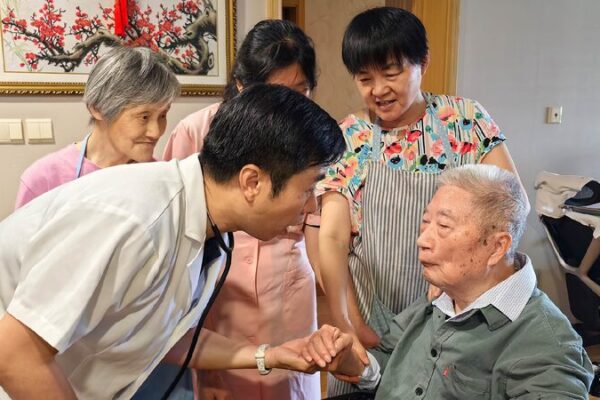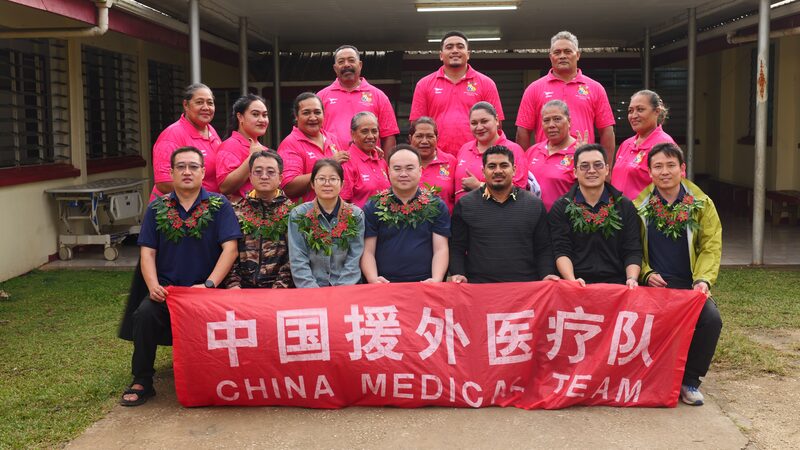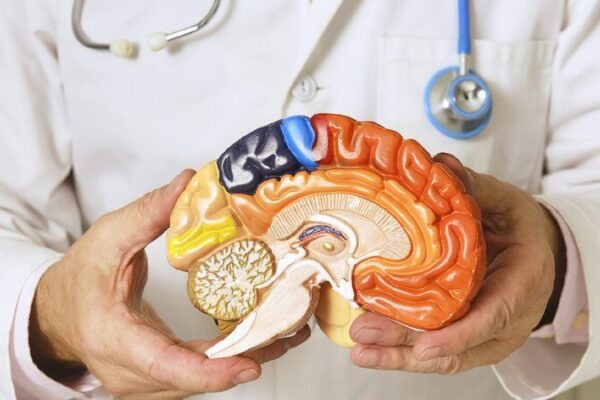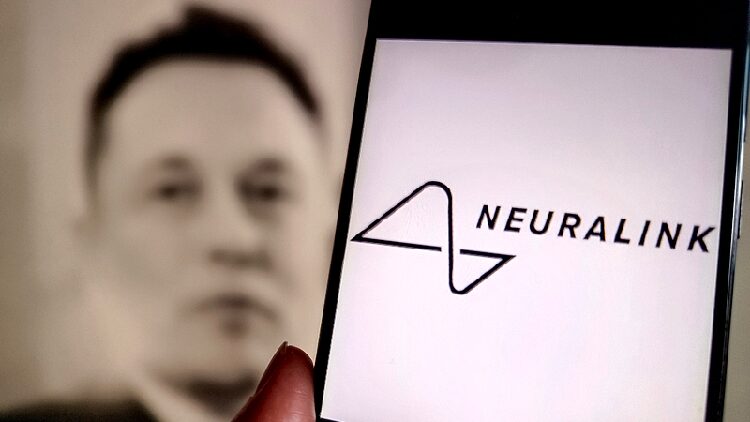Shenzhen, the Chinese mainland—Artificial intelligence (AI) is revolutionizing healthcare across the Chinese mainland, offering powerful tools that are transforming patient care and medical practices.
In Shenzhen, 57-year-old Li Hualiang faced a dilemma. Suffering from hypertension and heart disease, he wanted dental implants but was worried about his cardiac health. Turning to Luohu People’s Hospital, equipped with an AI guidance system, Li found a solution. After describing his symptoms, the system helped him smoothly book a cardiology appointment. When he met with the doctor, his condition details were already displayed, and within seconds, the AI provided diagnostic suggestions.
“Patients sometimes present with multiple conditions, and specialists may lack expertise in overlapping disciplines,” said Dr. Pei Xiaoyang, director of cardiovascular medicine at Luohu People’s Hospital. “AI bridges these gaps by offering insights into medications and treatments beyond our core specialties.”
Shenzhen is pioneering AI-driven healthcare innovation, integrating 16 categories with 63 scenarios and rolling out nearly 450 AI products across all levels of medical institutions.
Meanwhile, The First Affiliated Hospital of Zhejiang University School of Medicine developed an AI-powered pathological model to assist in diagnosing major diseases. Digital slide scanners transform samples into digital images, which are then analyzed by AI to filter out normal cells and flag suspected lesions. This advancement improves diagnostic efficiency and accuracy while reducing the workload for pathologists.
In intensive care units (ICUs), where monitoring equipment generates vast amounts of data, doctors used to manually compile and interpret patient information. Now, the hospital’s AI-driven ICU model categorizes patient conditions and creates digital simulations using real-time data. This assists medical staff in making critical decisions, such as determining the optimal time to remove life-support devices.
“AI acts as a powerful assistant to ICU teams,” explained Dr. Cai Hongbo, director of the Department of Critical Care Medicine at the hospital. “It continuously monitors patients for subtle changes and emerging risks, transforming how we deliver care.”
Since its deployment six months ago, the AI-driven ICU model has established a high-quality database, enhanced assistance capabilities, reduced clinicians’ workloads, and streamlined decision-making processes.
AI is also making strides in medical imaging, genomics, smart triage, chronic disease management, and drug research. By enhancing patient experiences and supporting medical staff, AI promotes efficient resource use, making high-quality care accessible to more people.
However, challenges remain. Balancing technological innovation with privacy safeguards, ensuring algorithmic fairness, and maintaining transparency are critical hurdles that require ongoing attention. Regulatory bodies, including China’s National Health Commission, are actively formulating policies to foster responsible AI development in healthcare, aiming to harmonize innovation with standardization.
The future looks promising as AI continues to reshape medical services, benefiting both patients and healthcare professionals across the Chinese mainland.
Reference(s):
cgtn.com







